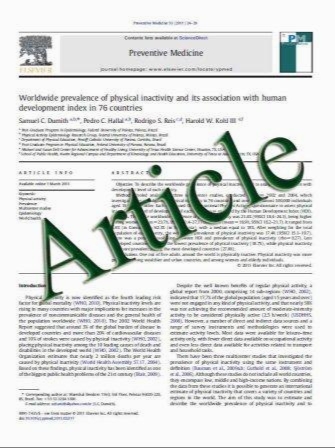In situ detection of HER2:HER2 and HER2:HER3 protein– protein interactions demonstrates prognostic significance in early breast cancer
- نوع فایل : کتاب
- زبان : انگلیسی
- مؤلف : Melanie Spears Karen J. Taylor Alison F. Munro Carrie A. Cunningham Elizabeth A. Mallon Chris J. Twelves David A. Cameron Jeremy Thomas
- چاپ و سال / کشور: 2011
Description
HER2 overexpression/amplification is linked with poor prognosis in early breast cancer. Co-expression of HER2 and HER3 is associated with endocrine and chemotherapy resistance, driven not simply by expression but by signalling via HER2:HER3 or HER2:HER2 dimers. Proximity ligation assays (PLAs) detect protein–protein complexes at a single-molecule level and allow study of signalling pathways in situ. A cohort of 100 tumours was analyzed by PLA, IHC and FISH. HER complexes were analyzed by PLA in a further 321 tumours from the BR9601 trial comparing cyclophosphamide, methotrexate and fluorouracil (CMF) with epirubicin followed by CMF (epi- CMF). The relationships betweenHERdimer expression and RFS and OS were investigated, and multivariate regression analysis identified factors influencing patient prognosis. PLA successfully and reproducibly detected HER2:HER2 and HER2:HER3 protein complexes in vivo. A significant association (P\0.00001) was identified between HER2 homodimerization and HER2 gene amplification. Following a minimum p value approach high levels of HER2:HER2 dimers were significantly associated with reduced relapsefree (RFS; hazard ratio = 1.72, 95% confidence interval 1.15–2.56, P = 0.008) and overall survival (OS HR = 1.69 95% CI = 1.09–2.62, P = 0.019). Similarly, high levels of HER2:HER3 dimers were associated with reduced RFS (HR = 2.18, 95% CI = 1.46–3.26, P = 0.00016) and OS (HR = 2.21, 95% CI = 1.41–3.47, P = 0.001). This study demonstrates that in situ detection of HER2 and HER2:3 protein:protein complexes can be performed robustly and reproducibly in clinical specimens, provides novel prognostic information and opens a significant novel opportunity to probe the clinical impact of cellular signalling processes.
Breast Cancer Res Treat DOI 10.1007/s10549-011-1606-z Received: 18 February 2011 / Accepted: 21 May 2011


